
RESOLUTE: 13 academic and industry partners join forces to unlock the solute carrier class of transporters for effective new therapies
RESOLUTE (Research empowerment on solute carriers), a public-private research partnership supported by the Innovative Medicines Initiative (IMI) with 13 partners from academia and industry, announced the start of a 5-year research project on July 1, 2018. The goal of the project is to intensify worldwide research on solute carriers (SLCs), a relatively understudied group of proteins that control essential physiological functions, and potentially establish them as a novel target class for medicine research and development.
Read more
EU-LIFE urges the European Parliament and the EU Council to push for a strong Horizon Europe
EU-LIFE, the alliance of 13 leading life science research institutes in Europe announced its reaction to the European Commission´s proposal for Horizon Europe, the next Framework Programme for Research and Innovation (FP9) that will run from 2021 to 2027.
The key points are as follows:
• EU-LIFE urges the European Parliament and the EU Council to push for a stronger Horizon Europe by raising its budget as recommended by several reports
• EU-LIFE encourages Horizon Europe to expand the extremely successful programmes it has initiated, namely the ERC grant system and Marie Skłodowska-Curie Actions, in addition to collaborative projects…
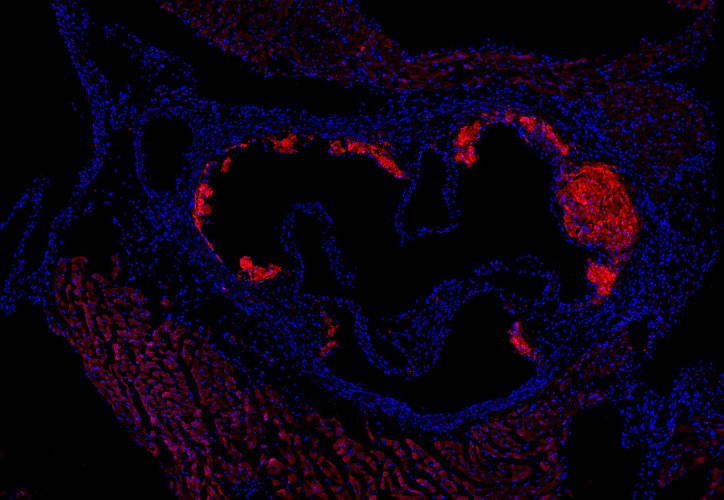
Protective Mechanism against Atherosclerosis Discovered
Immune cells promoting inflammation play a crucial role in the development of atherosclerosis. Scientists at CeMM and the Medical University of Vienna in collaboration with the University of Cambridge showed that a survival factor for those cells has also anti-inflammatory functions and a protective role in atherosclerosis. The study, published in Circulation, provides valuable new insight for atherosclerosis research and suggests a hitherto unknown, inherited risk factor for atherosclerosis.
Atherosclerosis, the pathological narrowing of blood vessels, is the underlying cause for the majority of strokes and heart attacks, the major causes…
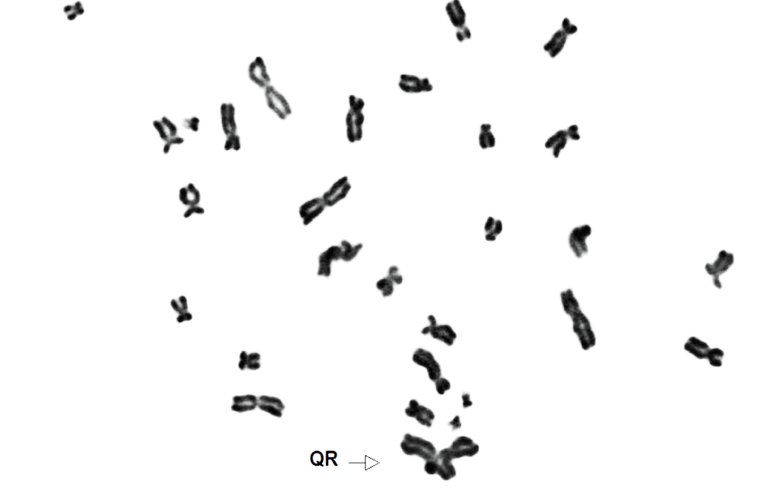
Artificial gene defect reveals target to fight genetic disease
Fanconi anemia (FA), a rare, inherited disease, is caused by defective genes for DNA-repair in the cells of the patient leading to bone marrow failure, developmental abnormalities and increased cancer risk. Using genome-wide genetic approaches, researchers at CeMM systematically screened for the loss of an additional gene that could rescue the disease – and found it. The corresponding protein turned out to be a potential target that could be therapeutically exploited for FA. The study was published in Nature Communications.
Damaged DNA and its complex repair mechanisms is the research focus of the group of Joanna Loizou, Principal…
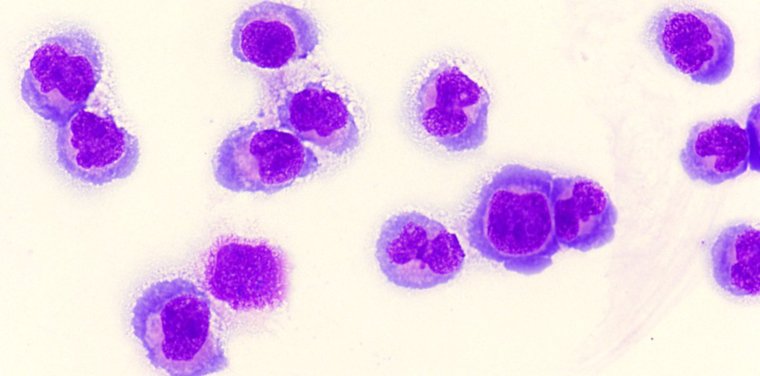
A New Achilles’ Heel of Blood Cancer
Acute Myeloid Leukemia (AML) is an aggressive form of blood cancer that frequently develops in children. The diseased cells often carry mutated forms of a specific gene, which is known to function within large protein networks. Researchers at CeMM and LBI-CR identified a protein of this network crucial for the survival of the cancer cells – a novel potential approach for targeted therapies. The study was published in Nature Communications.
AML is not a single disease. It is a group of leukemias that develop in the bone marrow from progenitors of specialized blood cells, the so-called myeloid cells. Rapidly growing and dividing, these…
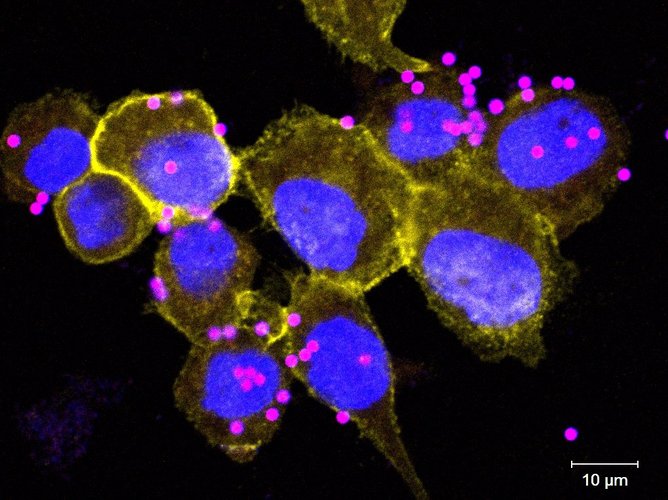
How immune cells kill bacteria with acid
The first line of immune defense against invading pathogens like bacteria are macrophages, immune cells that engulf every foreign object that crosses their way and kill it with acid, in a process called phagocytosis. In their quest to systematically study proteins that transport chemicals across cellular membranes, researchers at CeMM characterized the critical role for transporter SLC4A7 in this process, providing valuable new insights for many pathologic conditions from inflammation to cancer. Their results were published in Cell Host & Microbe.
Among the many different kinds of immune cells that patrol the body, macrophages are the first…
Read more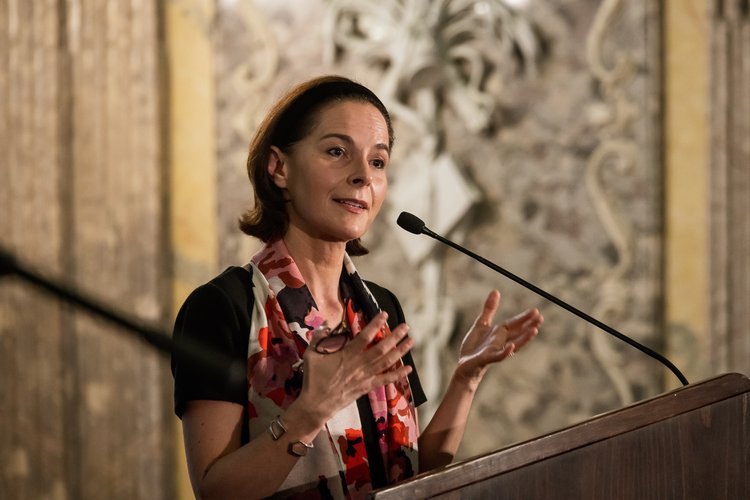
CeMM Landsteiner Lecture 2018 with Yasmine Belkaid
At the 12th CeMM Landsteiner Lecture, held by Yasmine Belkaid, Director of the NIH Center for Human Immunology and Director of the NIAID Microbiome Program, everything revolved around one of the most important emerging fields of research in life sciences: the microbiome. Yasmine Belkaid explained how microorganisms living in and on our bodies influence every aspect of our immune system, and why research in this field will change the medicine of the future.
We carry around nearly the same number of microbes as we have cells in our body, yet those microscopic symbionts express a hundred times more genes than human cells. This ratio, which…
Read more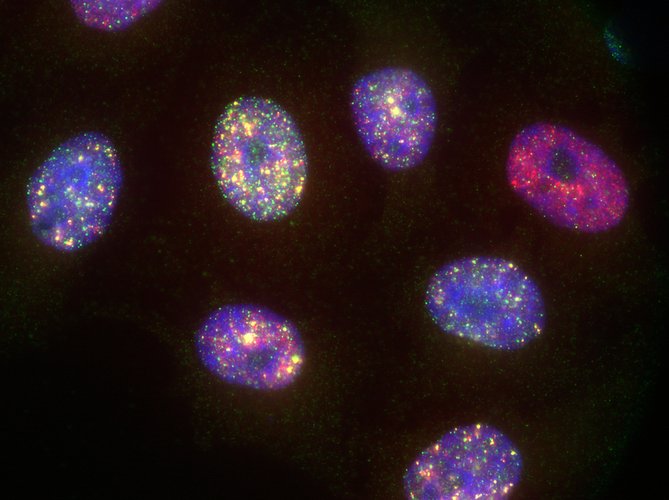
Tracing the footprints of a tumor: genomic “scars” allow cancer profiling
DNA mutations driving cancer development are caused by different mechanisms, each of them leaving behind specific patterns, or “scars” in the genome. Using CRISPR-Cas9 technology, researchers at CeMM and the Wellcome Trust Sanger Institute at Cambridge, UK were able to show for the first time in cell culture that specific genetic alterations indeed lead to the predicted pattern of mutational signatures observed in human cancers. The results were published in Nature Communications (DOI: 10.1038/s41467-018-04052-8).
When a cell develops into a tumor, something has gone terribly wrong: the uncontrolled growth, invasion of nearby tissues and…
Read more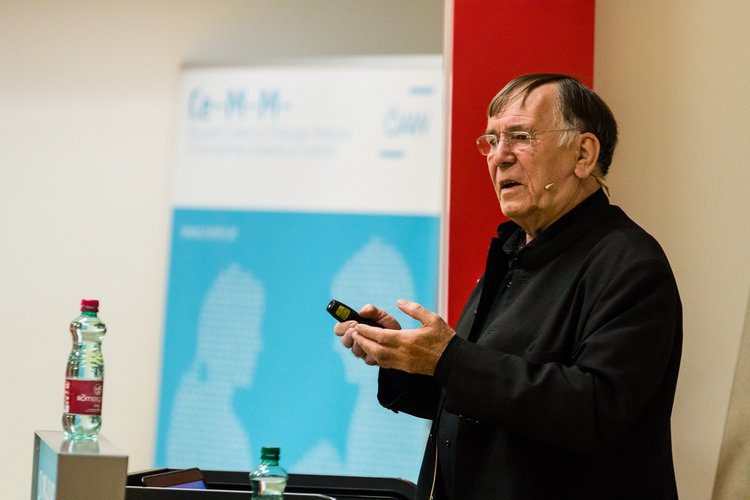
“Livable Cities for the 21st century” - 8th CeMM S.M.A.R.T. Lecture with Jan Gehl
The 8th CeMM S.M.A.R.T. Lecture held by architect and urban design consultant Jan Gehl was exceptionally entertaining and inspiring. It illustrated with many captivating examples the problems cities developed in the 20th century by pursuing an object- instead of a people-centered city planning and how simple measures can make cities livable.
“We knew more about the natural habitat of the mountain gorilla or the Siberian tiger than about the Homo sapiens’ living space” – with this provoking citations, Jan Gehl displayed the vast lack of knowledge that lead to some of the 20th centuries biggest challenges for modern cities. By building in an…

How a virus becomes chronic
Lymphocytic choriomeningitis virus (LCMV) served as an indispensable model system for chronic viral infections over the last 80 years; two Nobel prizes were awarded for its exploration. However, the molecular interactions during the life cycle of the virus were hitherto poorly understood. In a new study, published in PLOS Pathogens, CeMM scientists revealed the comprehensive set of cellular proteins that physically interact with the LCMV polymerase – a key enzyme for the development of a chronic infection.
Chronic viral infections like HIV or hepatitis are among the biggest threats to human health worldwide. While an acute viral infection…
